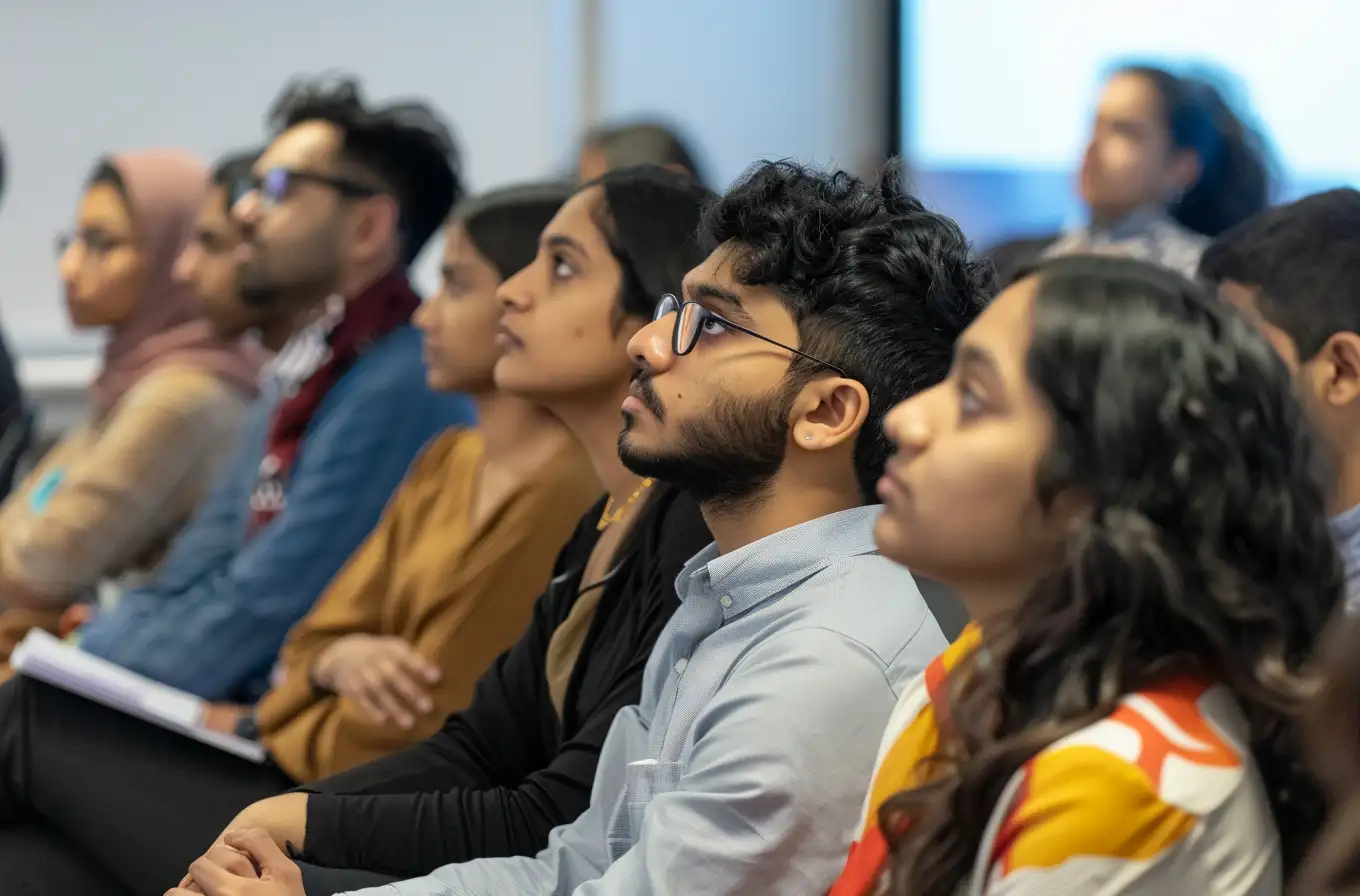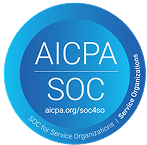Types of jobs and internships for Nepali international students
There are several types of jobs and internships available to international students in the U.S. and Canada. Each has different student visa work restrictions that affect when, where and how you can work.
In the U.S. (F-1 visa holders)
- On-campus jobs
With an F-1 visa, you can work up to 20 hours per week during the academic year and full time during official breaks. Typical roles include library assistants, administrative aides, dining hall staff and student ambassadors.
- Off-campus jobs
You can only work off campus if authorized under optional practical training (OPT) or curricular practical training (CPT). The job must relate to your field of study and follow strict rules.
- Internships
CPT for international students lets you intern in roles tied to your academic program while you’re enrolled. After graduation, you can use OPT to pursue jobs or internships in your field.
- Post-graduation employment
OPT allows 12 months of work after graduation, or 36 months for eligible STEM OPT students.
In Canada (study permit holders)
- On-campus jobs
If you have a valid study permit, you can work on campus without a separate work permit in jobs like research assistant, peer mentor or IT support staff.
- Off-campus jobs
You can work off campus up to 24 hours per week during the semester and full time during scheduled breaks. Jobs often include retail, customer service, hospitality or administrative work.
- Internships
Some academic programs require internships or work placements. You’ll need a co-op work permit in addition to your study permit.
- Co-op programs
These are structured programs that combine classroom learning with full-time work experience. They’re typically paid and are part of your degree.
- Post-graduation employment
The post-graduation work permit (PGWP) lets you work for up to three years depending on the length of your study program.


